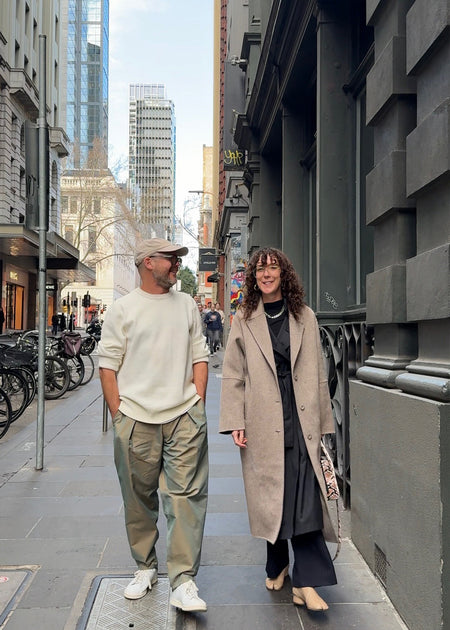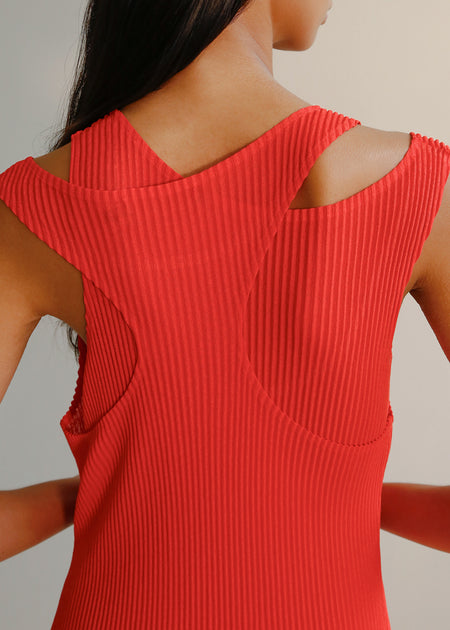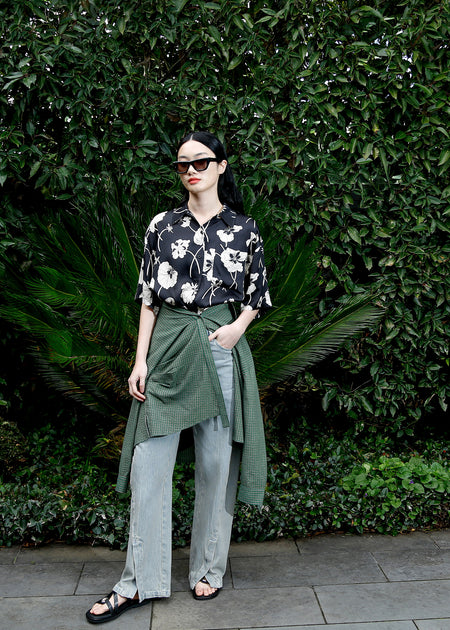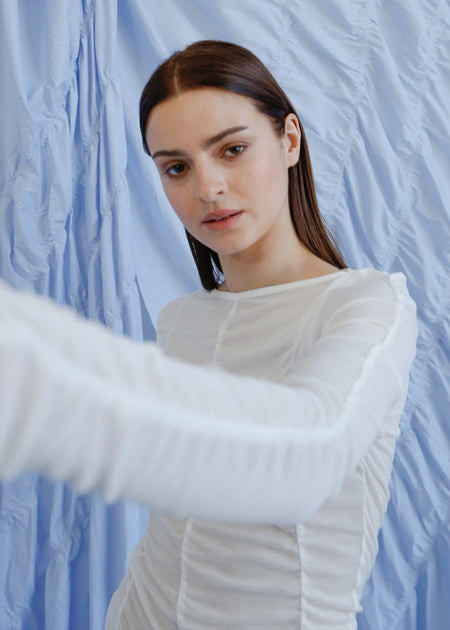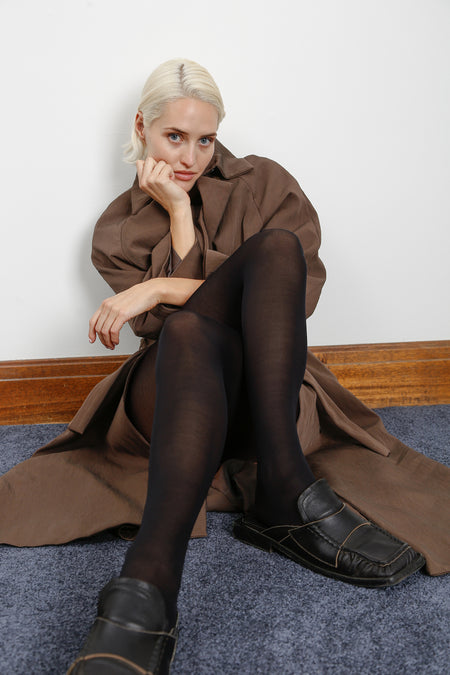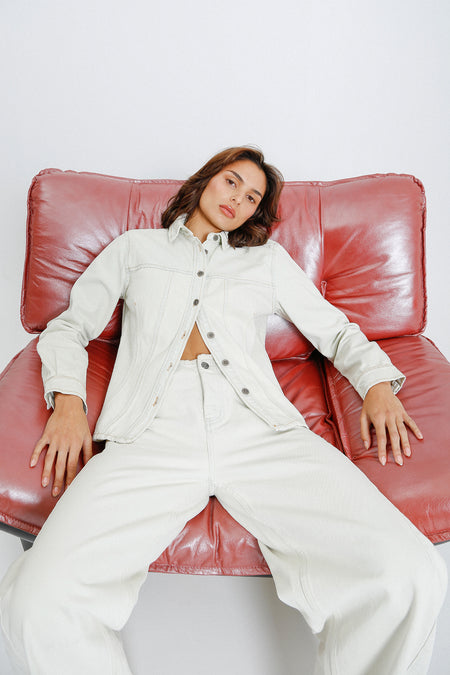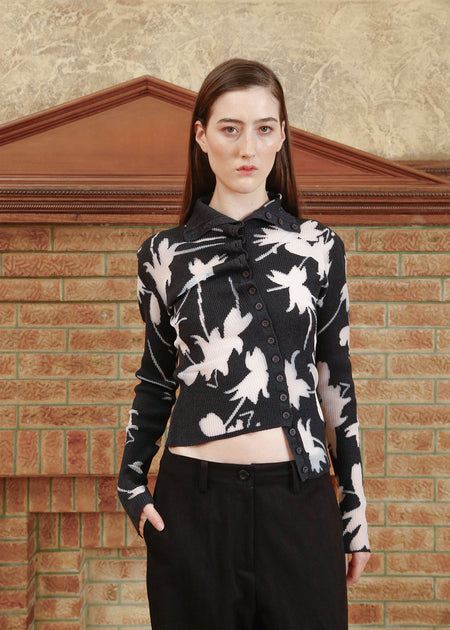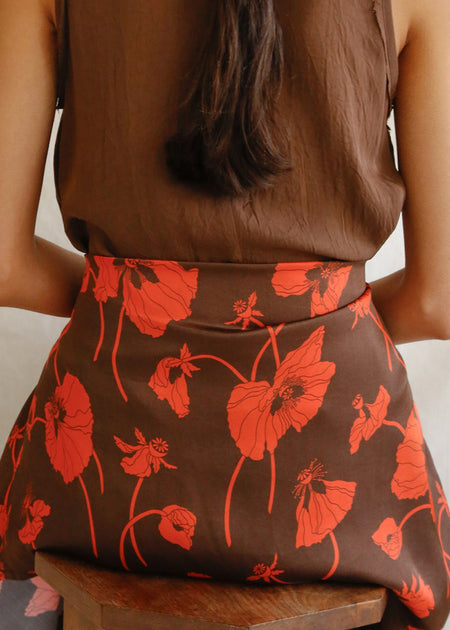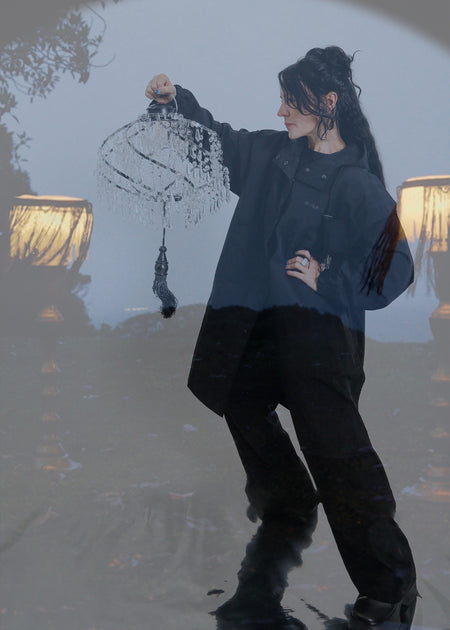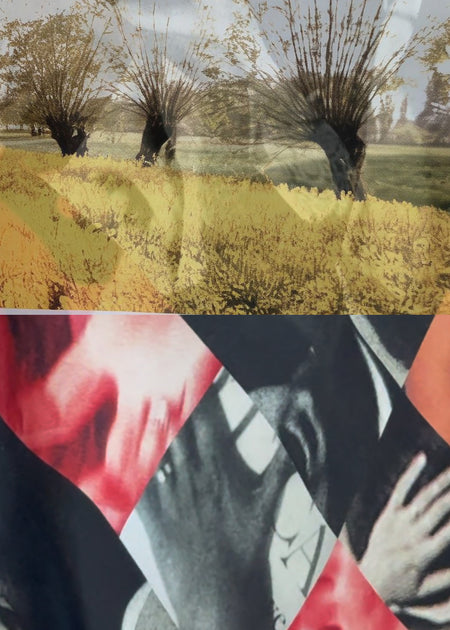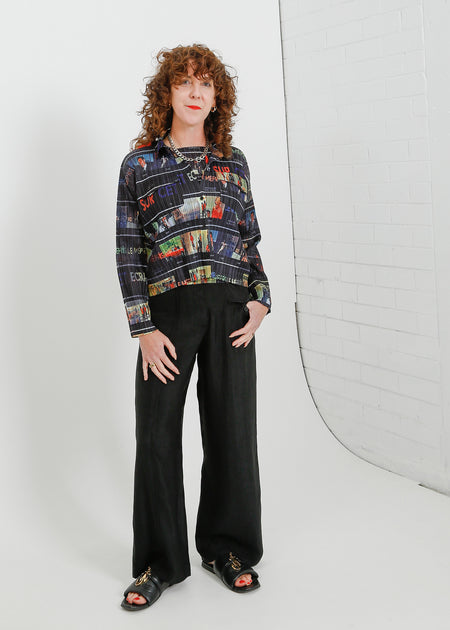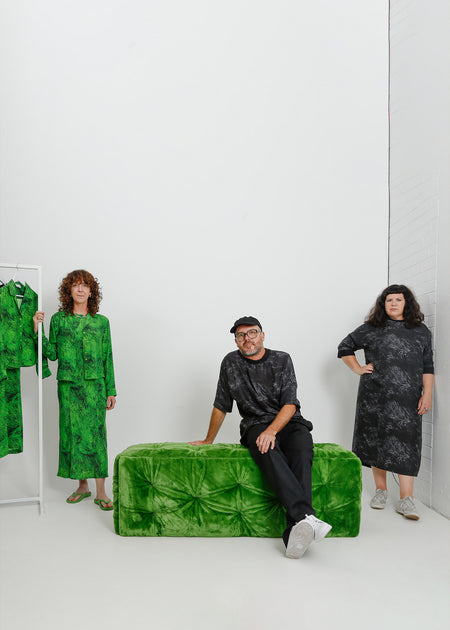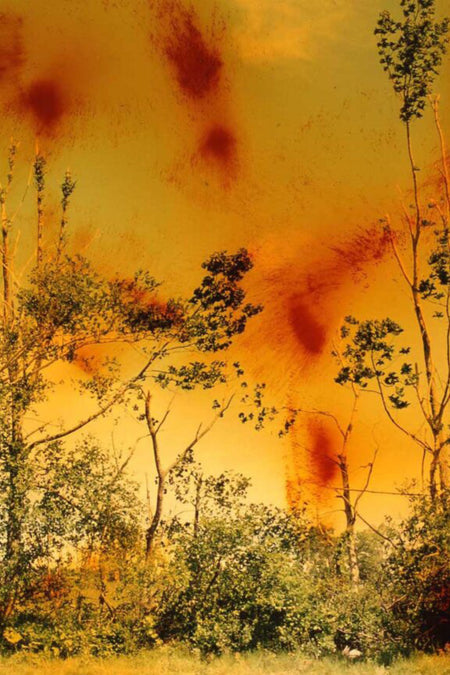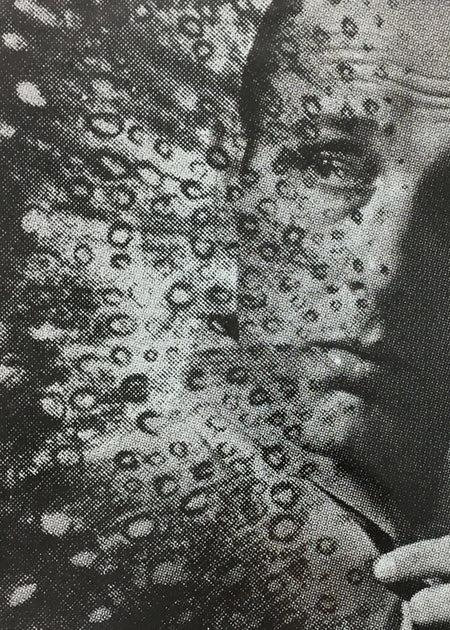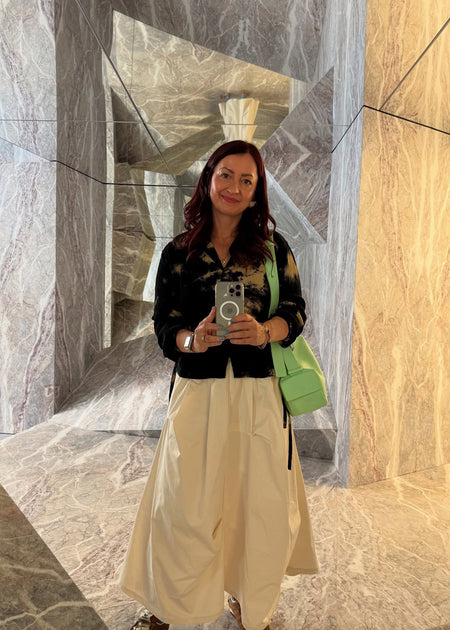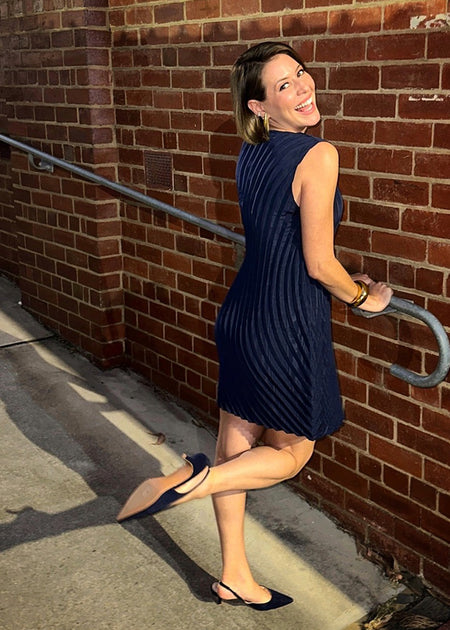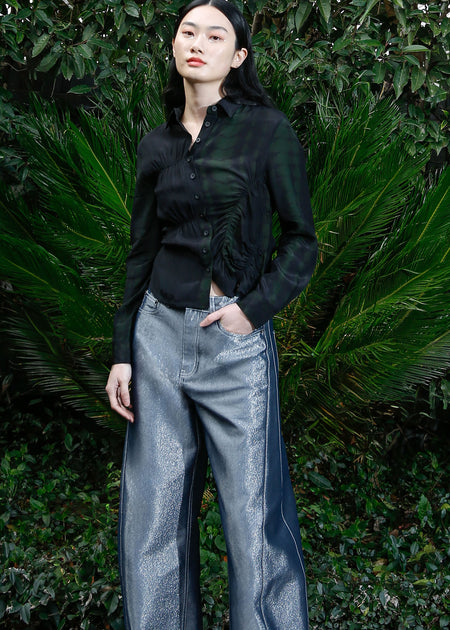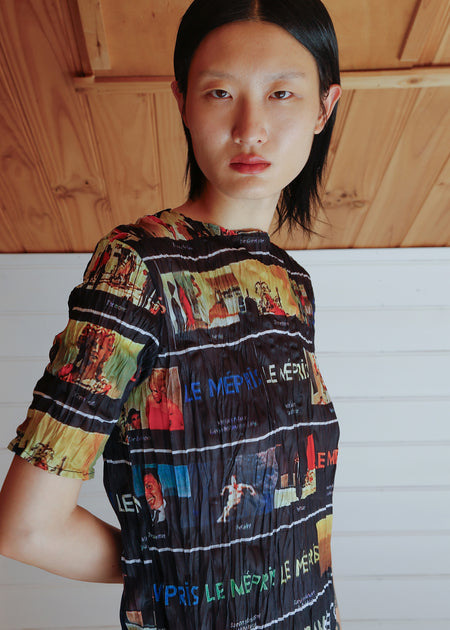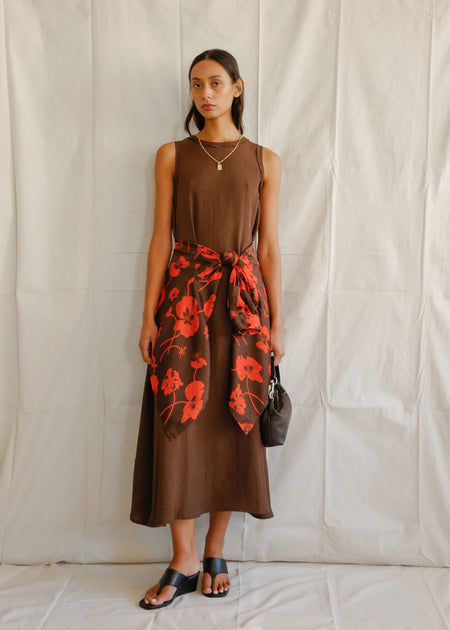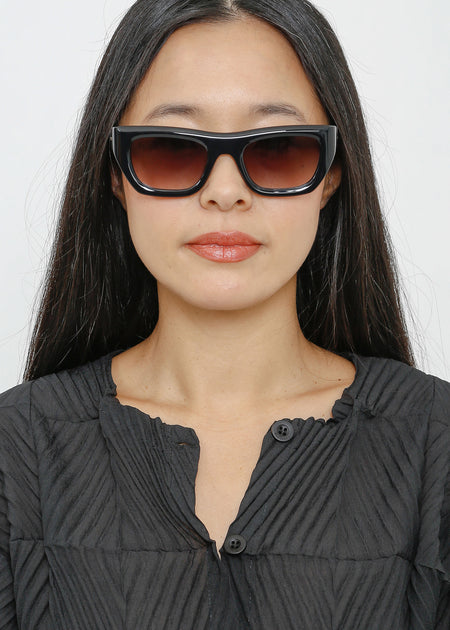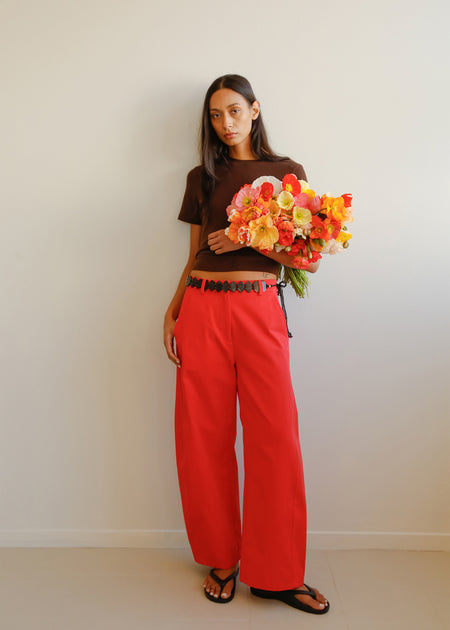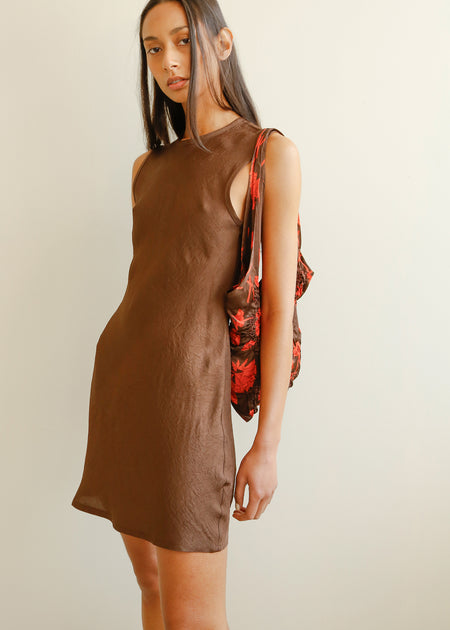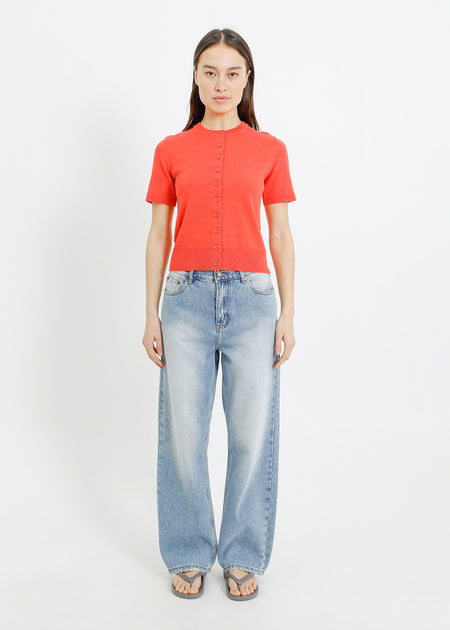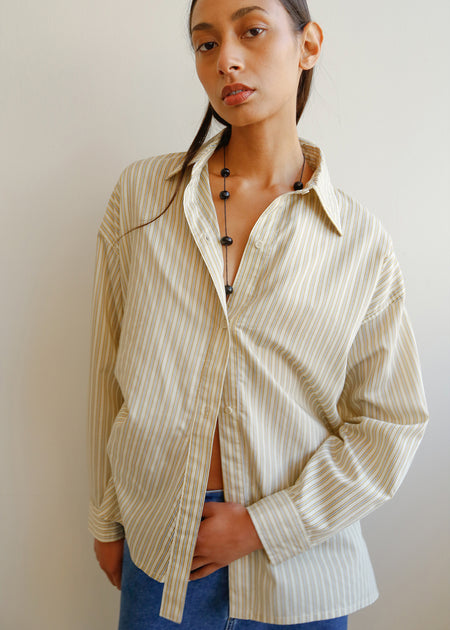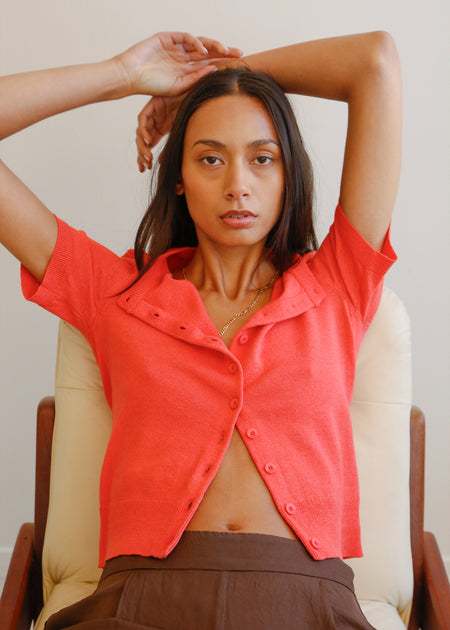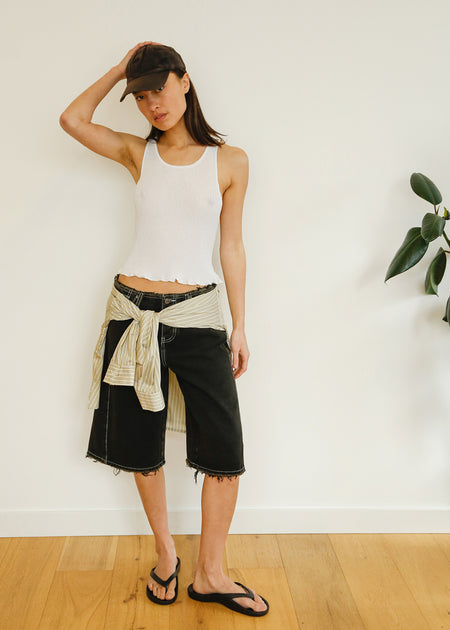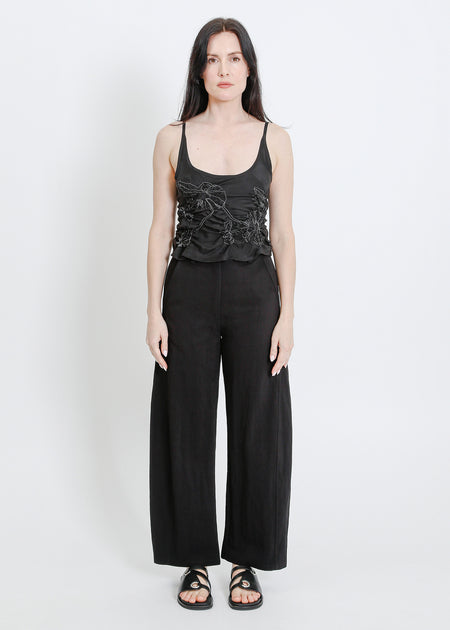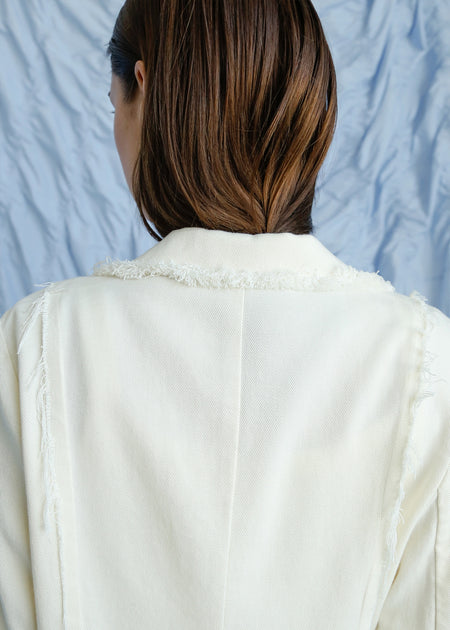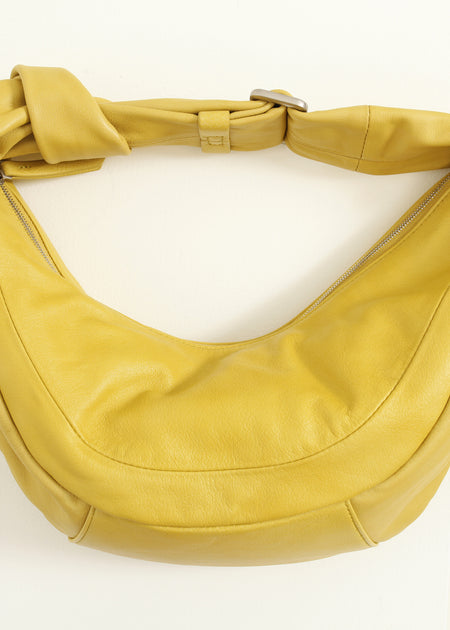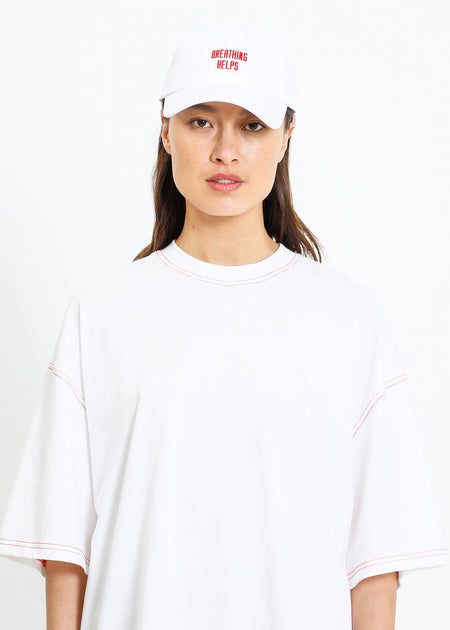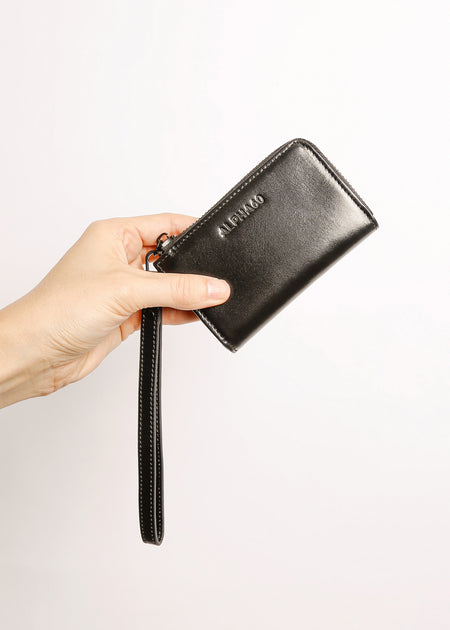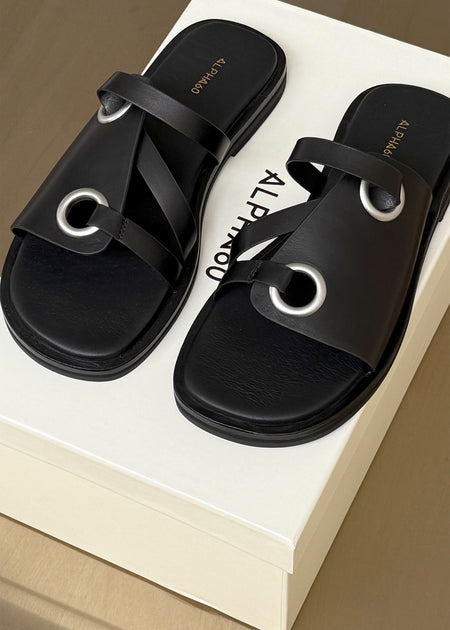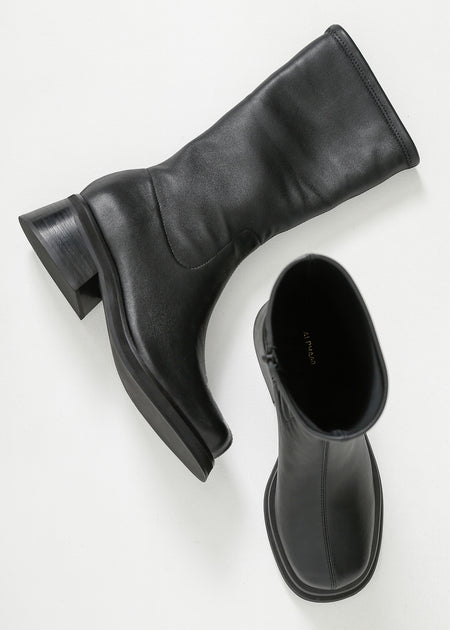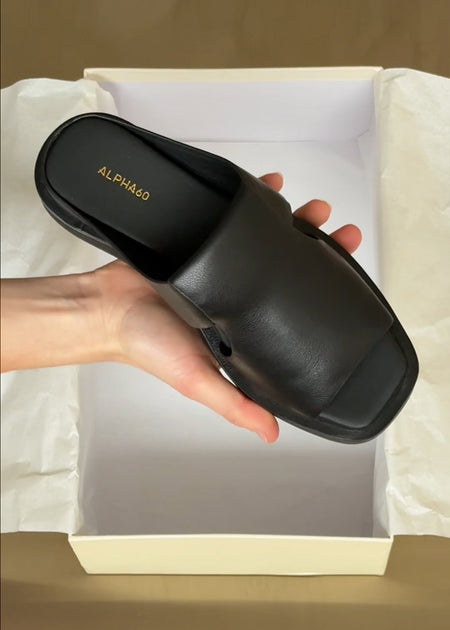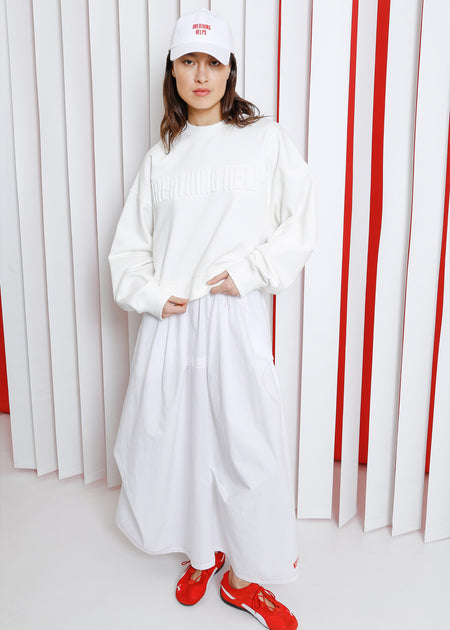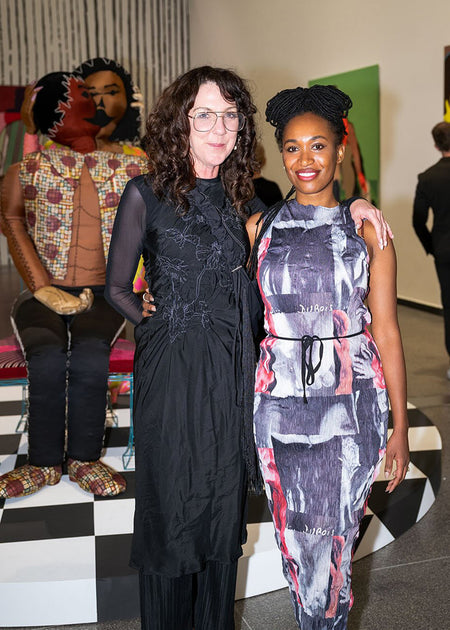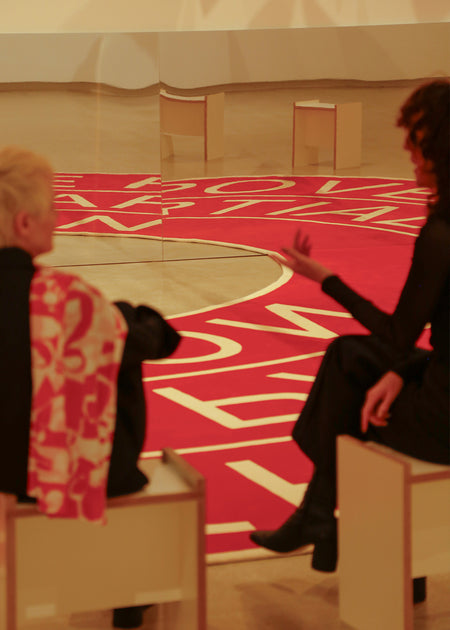About Stormborne:
Filmed during Valender’s 2024 winter residency at Police Point on the Mornington Peninsula, Stormborne immerses audiences in the rising drama of Australia’s changing coastal climate. At the heart of the work are sculptural drums, crafted from recycled local materials and an antique weather map, engineered to be played not by hand, but by the forces of rain and wind.
As wild weather moves through, the sculptures are activated by the elements, transforming natural forces into sound. The resulting film installation, projected onto the walls of Chapter House, draws audiences into a sonic landscape that is as haunting as it is urgent, a meditation on climate, fragility, and the rhythm of ecological change.
About the Artist:
Jen Valender is an Australasian artist, born in Aotearoa New Zealand and based in Naarm/Melbourne, Australia. Her multidisciplinary practice spans film, performance, sculpture, and sound, creating performative encounters with the landscape that question the boundaries between art, ecology, and the more-than-human world. Grounded in the cinematic and driven by site-specific inquiry, her work explores material conditions, ethical dilemmas, and poetic tensions, using visual art as a language capable of holding complexity, contradiction, and layered histories. Valender’s practice invites audiences to experience art not as a static form, but as a responsive method for navigating human and nonhuman intersections.
About the Collaboration:
In parallel with the exhibition, Alpha60 will release a limited-edition Stormborne Artist Series, developed in close collaboration with Valender. The collection includes a weatherproof raincoat and bag, inspired by the coastal storms and sculptural elements seen in the film. The tassel elements which are central to Jen Valender’s film and drum sculptures have been reimagined in the garments as tactile design features, translating atmospheric motion into wearable form.
That late were rich with light
Julia Murphy
A large drum rolls through a passageway, a light leading the way as a guiding force. Lamps flushed with orange appear like sentries on a cliff top. Rain patters and pools
into the surface of a translucent sphere. At times, we see the moody indigo
sea, waves crashing under a darkened sky; or the tangled arms of eucalyptus and
moonah trees buffeted by the wind. Throughout it all, a rhythmic soundtrack
pervades, including field recordings of wind, rain, and thunder, and percussive
drumming. These elements, both natural and sculptural, all appear as
performers, moving through space and creating a visual and musical composition
in Jen Valender’s latest film work.
Stormborne shows us a landscape exposed to the elements, as we navigate through the remains of a colonial-era building and its surrounds by way of the sonic environment. The work was created during an artist residency at Police Point on the Mornington Peninsula, on Bunorong Country, within a site that holds complex layered histories. The landscape is filled with moonah (Melaleuca lanceolata), a tree that is culturally significant to the Bunorong people on whose lands the work is filmed, and which is known for its gnarled, twisted trunk and clusters of small white flowers. Resilient to the coastal climate with its salt spray and sandy, lime-rich soil – as is the coast tea tree (Gaudium laevigatum or, evocatively, Shore Tuff) that also appears – these plants form the woodlands surrounding the buildings, a reminder of the resilience of these ecosystems to both climactic conditions and the prevailing effects of colonisation.
The buildings – the structures that we see in the film, and which comprise the site that the artist residency takes place on – were originally established in 1852 as a
quarantine station, intended to prevent the spread of diseases from ships
arriving to Port Philip Bay. In the late 1800s the site became a police
training ground, and then during the Second World War, a military defence port.
These remnants of colonial, medical and military histories remain in the
physical structures we see in the work: disappearing gun turrets, observation
posts, and lamp passages, forming an eerie stage against which the performance
takes place.
Filmed during a stormy evening, the work is reflective of Valender’s continued exploration of the environment as an active participant in the creation of sculptural installations, performance and film. Through a practice of materially engaging with wind, Valender has described the element not as an external condition, but as an embodied energy; she says, “These forces moan, roar and sculpt the land, creating a sense of electric energy, romanticism and a constant reminder of our
vulnerability”. In previous works, for instance, she has explored the Aeolian
harp, also called a wind harp, and its relationship with nature. These stringed
instruments are named for the Greek god of wind, Aeolus, and are played or
activated directly by the wind. Known to the ancient world, the Aeolian harp regained
popularity in the 18th century, where it was referred to in Romantic poetry particularly as a device for translating truth, providing a musical composition that is both created from and speaks back to the elements.
Here, the artist has made sculptural objects that are similarly triggered by environmental forces; drums throb with the movement of the wind and are tapped by the rhythm of rain drops. The drums are comprised of materials that the artist uncovered in the nearby area: a weather map printed in London in the 1960s that shows temperature, rainfall and wind patterns across this country and Aotearoa, and an unsigned landscape painting of the town of Seymour by an unknown artist. Deconstructed, stretched across the canvas of a drum and vintage lampshades edged with fringing, and formed into sculptural objects, these materials take on new life in dialogue with the weather. Set against the dramatic scenery, they become performers: vulnerable, buffeted by the wind and the rain, as their tasselled edges dance to a percussive rhythm.
Thinking through Valender’s material exploration makes you wonder about the surface of the map, and that of a landscape painting. The etymology of the term landscape – as a noun to describe scenery – reportedly emerged through the language of
painting in the 16th century from the Dutch landschap. Describing a picture or a vista, the role of the spectator is inherent to this concept – there is always an implied figure present, gazing out on a scene, both natural and manmade. In the same way, a map is a surface to categorise and document the environment; a weather map attempts to define environmental patterns as a phenomenon seen from a distance. However, the reality of wind as an element is that it is experienced within and around our bodies; we are never separate from the environment but are held within and in relation to it. In Stormborne, the experience of the elements is made present through a thunderous performance that echoes through the site, the sculptures and the score.
As a reflection of this, in its original presentation in the chapter house of St.
Paul’s Cathedral, the work was shown as two circular projections on opposing ends of the imposing space. Set within sandstone walls, circular windows and a vaulted ceiling made from carved oak, the presentation was reminiscent of two portholes in the bows of a ship, responding directly to the architecture. On opening night, a live percussive performance accompanied the film; as visitors entered the building, they encountered jazz, experimental and contemporary drummers at each landing of the staircase. The gentle drumming accompanied people’s ascent, until they reached the central exhibition space in the chapter house. There, a five-piece Taiko drumming crew created a thunderous performance that filled the architecture and spread out beyond the building, engulfing the space and echoing the volatile storms within the film.
With the performance of the drums mirroring the forces of the storm, the site of the
cathedral provided a direct link to the experience of weather as all-encompassing, a spiritual and universal experience. As the Romantic poets described, the wind speaking to us can be the voice of a god, or rather an expression of the truth of nature. In this work, we can imagine, perhaps, a god or a myth speaking through the rolling thunder, the wind and the rain – and a light shining through, guiding the way.
Julia Murphy
Published on the occasion of the exhibition ‘Stormborne’
30 May – 30 June 2025 | Alpha60 Chapter House, Melbourne
Opening Night: Friday 30 May, 6–8pm with live performances from percussionists Alastair Kerr, Marissa Di Marzio, Esala Liyanage and Wadaiko Rindo
Taiko Group.
Stormborne, 2025, dual channel film, four channel sound, 12min 30sec
Director of Photography: Jen Valender
Camera Assistant: Dr. D.
Sound mix: Simon Ratcliff, Sound & Motion Studios
Sound design: James Olivier
Composer: Sean Sutton
Colourist: Eva Otsing

